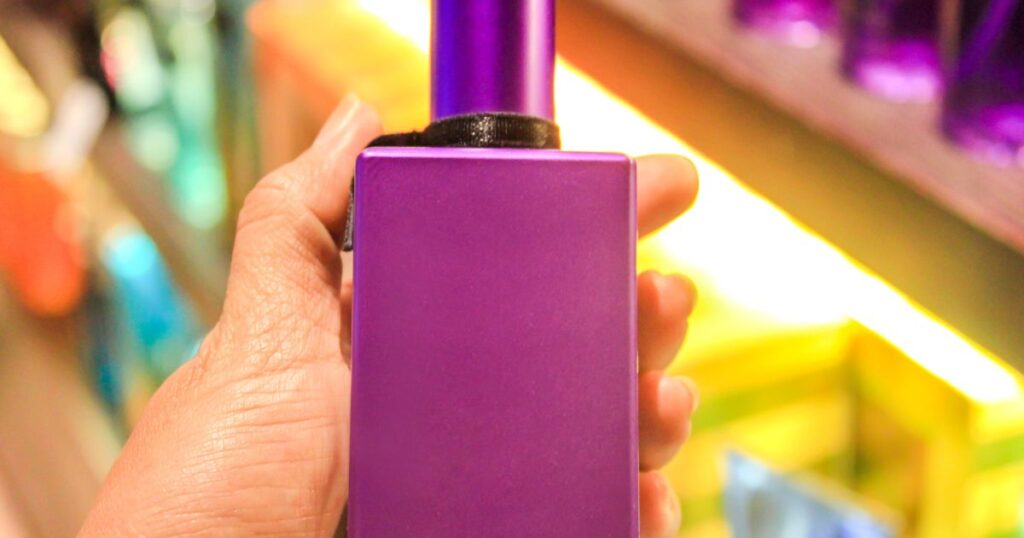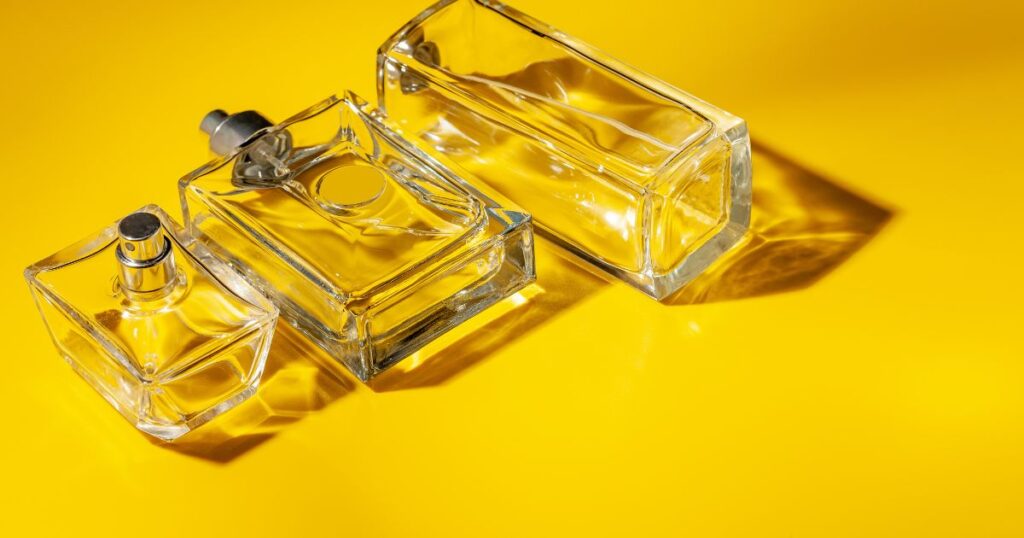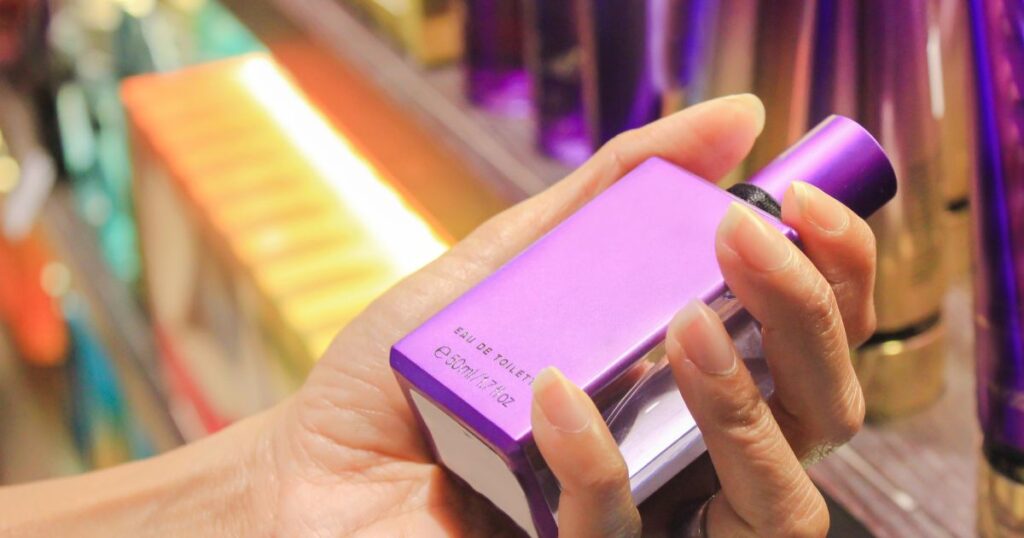When you embark on the journey of exploring new and unique body mists, you often encounter labels like “perfume” and “cologne.” However, the distinction between these terms goes beyond mere nomenclature. In this comprehensive guide, we delve into the nuances of cologne and perfume, exploring their differences, uses, and the various types of fragrances available in the market.
Understanding Cologne and Perfume: The Basics

The fundamental difference between cologne and perfume lies in the concentration of essential oils. Perfume, with an essential oil content ranging from 20% to 30%, tends to be more potent and longer-lasting. On the other hand, cologne contains a lower concentration of essential oils, typically between 2% and 5%, resulting in a milder scent that fades more quickly.
Cologne:
- Composition: Eau de Cologne (EDC) is an affordable option with a small amount of perfume essence (2-4%). It traditionally features herbs, citrus notes, and minimal base notes.
- Duration: While cologne lasts for a few hours, its affordability is reflected in larger bottle sizes to accommodate the diluted fragrance.
Perfume:
- Composition: Also known as Extrait de Parfum, perfume has the highest concentration of fragrance (15-30%). It offers a strong aroma that can last for 6-8 hours.
- Application: Perfume typically comes in stopper bottles due to its thicker and oilier viscosity.
Different Types of Fragrances: Decoding the Concentrations

Understanding the concentrations of fragrances helps navigate the vast world of scents. Here are the main types:
1. Parfum:
- Description: Also known as Pure Perfume or Extrait de Parfum, it has the highest fragrance concentration.
2. Eau De Parfum:
- Description: A popular choice for regular use, it is less expensive than Parfum, making it suitable for daily wear.
3. Eau De Toilette:
- Description: Lighter and simpler than Eau de Parfum, this type is a preferred option for everyday use.
4. Eau De Cologne:
- Description: Recognizable and affordable, Eau de Cologne (EDC) features larger bottles and is known for its lighter scent.
5. Eau Fraiche:
- Description: The lightest perfume type, offering a gentle and understated fragrance that is also budget-friendly.
Perfume Notes: Unveiling the Layers of Fragrance
Perfume composition involves top, middle, and base notes, each playing a crucial role in the overall scent experience.
1. Top Notes:
- The most volatile aromas that greet your senses initially, establishing the first impression of the fragrance.
2. Middle Notes:
- Also known as heart notes, they preserve part of the top notes’ aroma while introducing additional scents for a more nuanced experience.
3. Base Notes:
- Deep, rich, and long-lasting, these notes form the foundation of the fragrance. They emerge after around 30 minutes, blending with the middle notes to create a lasting aroma.
How Essential Oils Contribute to Fragrance: Aromatic Elixirs
Essential oils, extracted from plants, contribute to the unique scent profiles of perfumes and colognes. Two noteworthy essential oils are:
1. Uplifting Lemon Essential Oil:
- A sweet, vibrant, and aromatic oil, lemon is known for its mood-enhancing properties, often used as a top note for invigorating fragrances.
2. Calming Lavender Oil:
- With a sweet, floral scent, lavender complements various notes. It is commonly used as a middle note and is associated with relaxation.
Read Also:
FAQs:
Can cologne and perfume be used interchangeably?
While they serve the same purpose, the difference in concentration and longevity makes them suited to different occasions. Perfume is ideal for long-lasting effects, while cologne is more suitable for shorter durations.
Are colognes only for men?
No, colognes are for everyone. Fragrance choice is personal and not gender-specific. Many scents cater to a diverse range of preferences.
What is the significance of different fragrance concentrations?
Concentrations determine the strength and longevity of a fragrance. Parfum has the highest concentration, providing a potent and long-lasting scent, while Eau Fraiche offers a lighter, more fleeting option.
Conclusion:
In the realm of fragrances, the distinction between cologne and perfume goes beyond the label. It involves an intricate dance of aromatic notes, essential oils, and concentrations that shape the olfactory experience. Whether you opt for the enduring allure of perfume or the refreshing touch of cologne, understanding these nuances empowers you to choose your signature scent wisely.


Pingback: How to Keep Mascara From Smudging? - The Style Sleek